Tested by ejector seats and extreme temperatures: Bremont’s new watch passes with flying colours
Bremont has collaborated with British aviation company Martin-Baker on the Bremont MB Viper watch
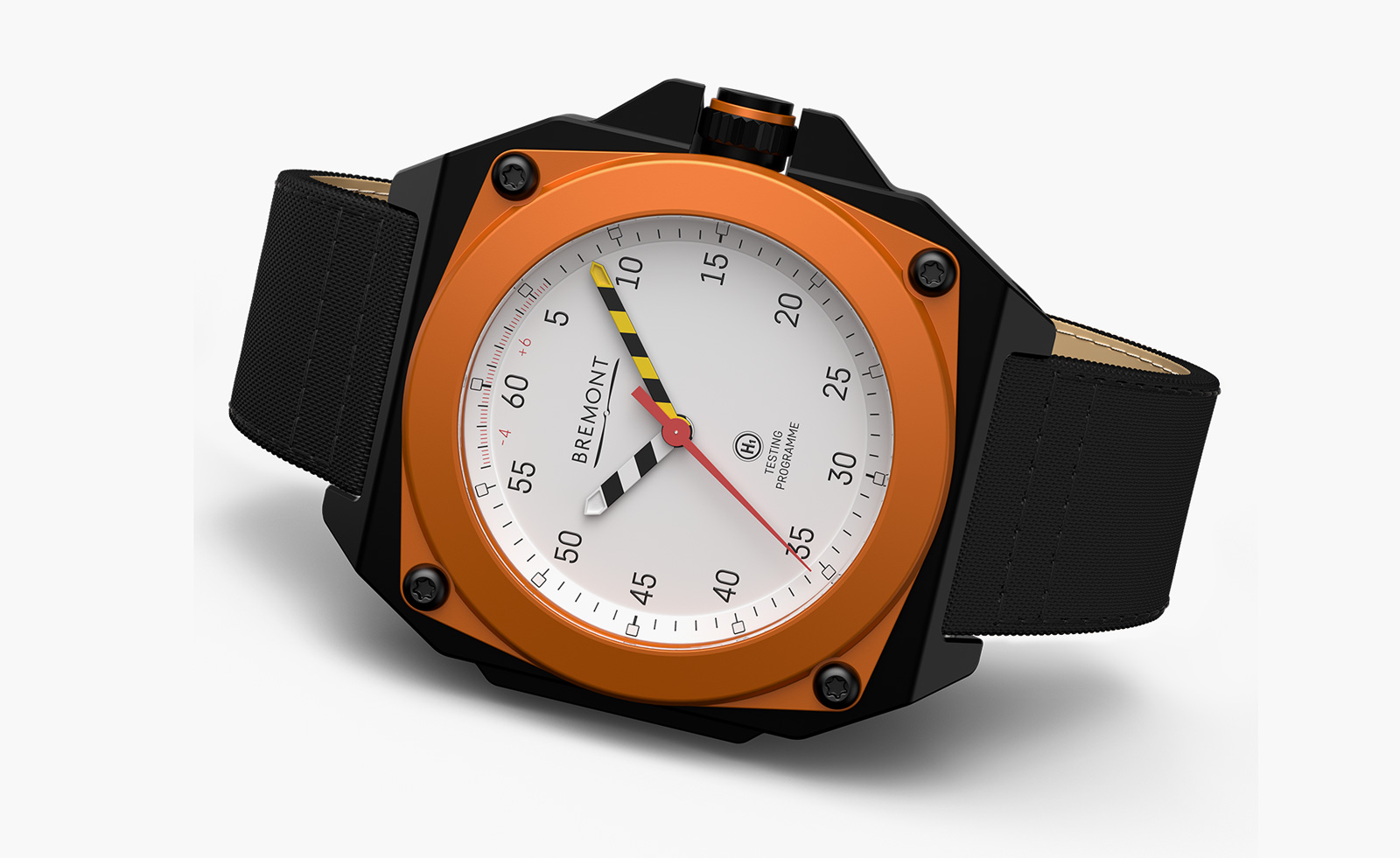
Bremont has taken its watch-testing to the extreme, creating a new concept test instrument that can withstand the most extreme testing environment, comparable to fighter-jet ejection-seat technology.
Bremont worked with British aviation company Martin-Baker on developing and testing a watch movement, with the subsequent test instrument becoming a watch produced in a limited edition of 300.
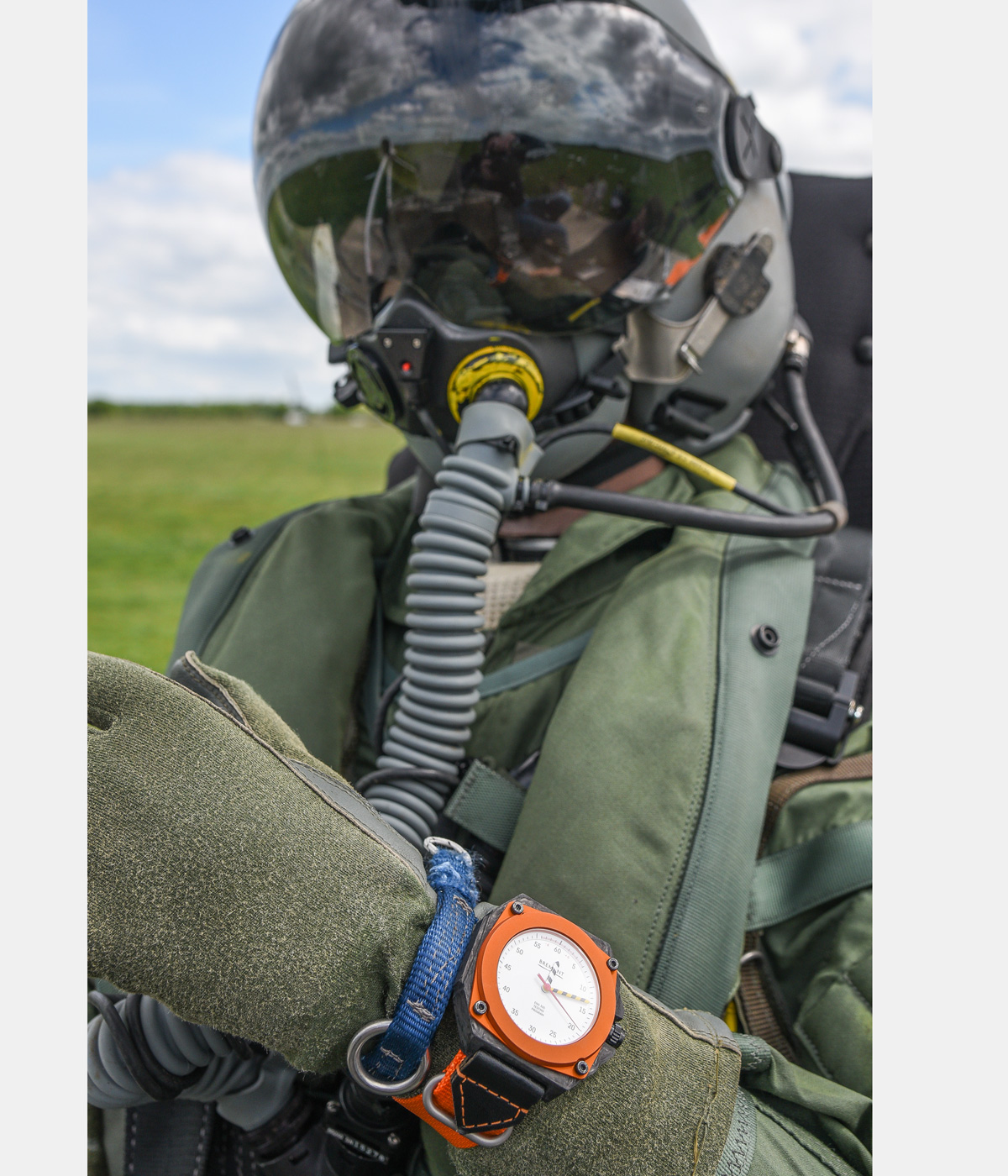
‘Giles [English] and I have been truly passionate about the level and detail of engineering that has gone into a Martin-Baker ejection seat ever since we started flying with our father and then the RAF,’ says Bremont co-founder Nick English on what originally inspired the concept.
‘It is British engineering at its best. For a brand that is known for its purposeful, over-engineered timepieces, it was hard not to be inspired by their level of testing and resilience. The testing in particular, especially environmental, has played a significant role in the development of the MB Viper. Functionally, the case materials (titanium and aluminium) are the predominant metals from which the seat is manufactured, and aesthetically the coated blacks and oranges combine to form an integral part of the seat design itself.’
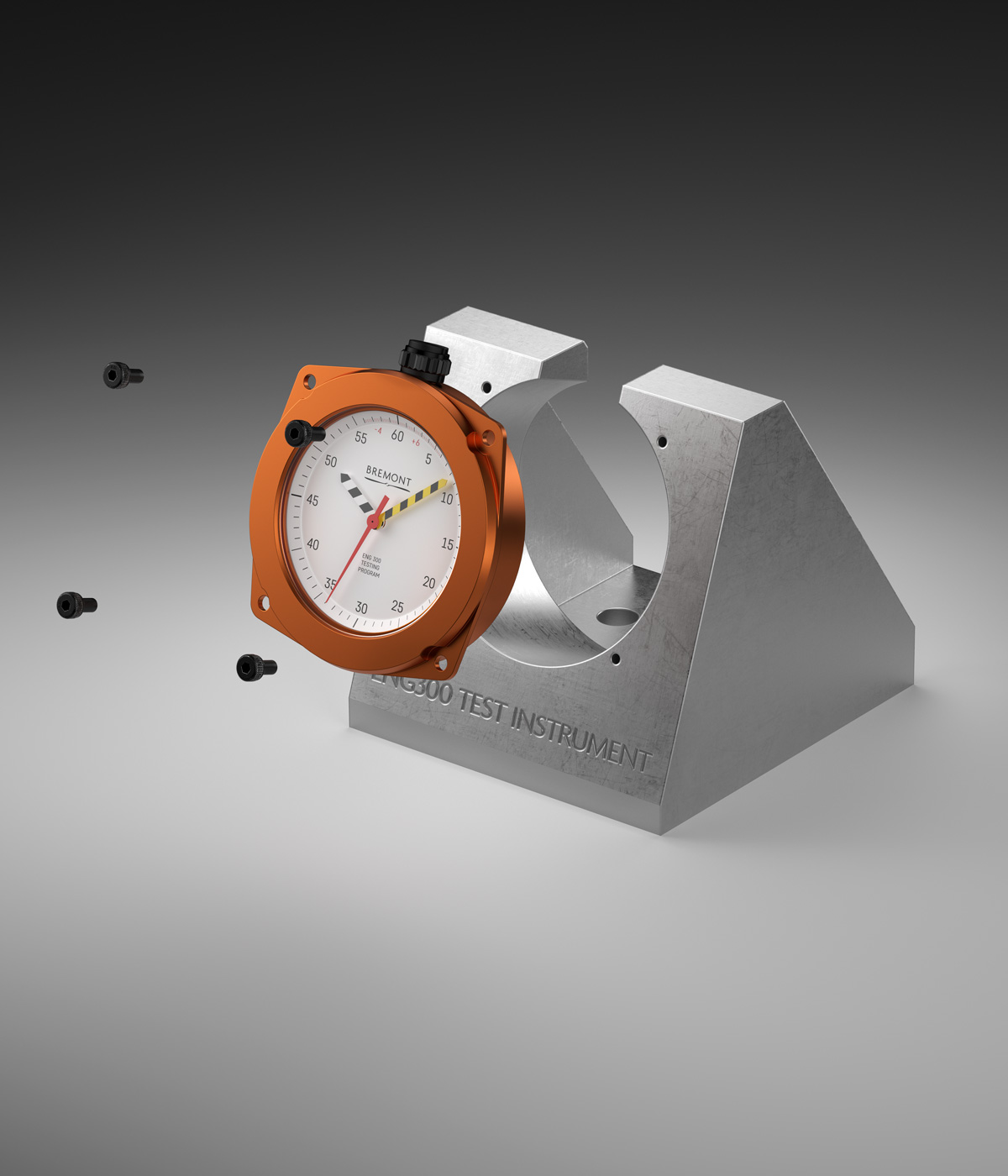
The watch was rigorously put through its paces by Martin-Baker, which turned to its fighter ejection seats to subject it to extreme temperature endurance, high-altitude testing and live ejection testing. ‘The movement is tested over a period of 15 days at different attitudes (dial up, dial down, and so on), and over different temperature ranges, whilst ensuring the timing of the mechanical watch is always with Chronometer standards – so within +6 or -4 seconds over a 24-hour period,’ English explains.
‘Following this, the assembled watch was then put through its paces in the environmental arena; it formed part of the live ejection testing programme, where it was mounted onto the wrist of ejection mannequins and fired out at 15G from a test fighter cockpit. It then went through a multitude of other tests, such as the equivalent of years of cockpit vibration and shock testing, salt-fog and other climatic tests including extremes of temperature (-46 degrees C to +49 degrees C) and also altitude.’
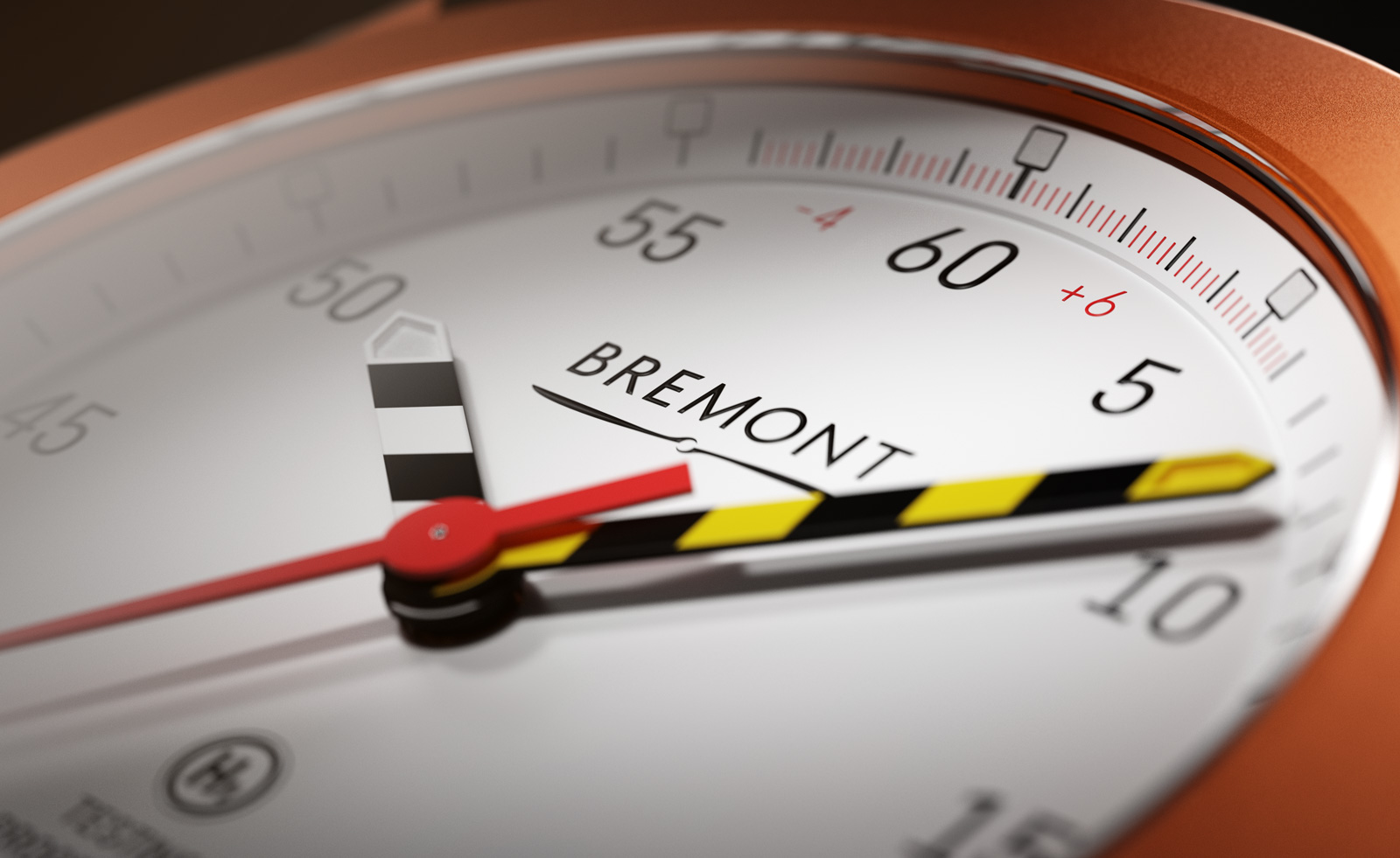
The practicality of the Bremont MB Viper is reflected in its design, with internal shock-absorption technology encased in aviation-grade titanium. ‘It’s a bit of a statement piece. With its design origins firmly in the testing arena, the colours were taken from that environment. The watch had to be found if it ever came detached during testing (hence the orange), and the test dial and hands formed an important part of the original chronometer testing programme whilst under duress, and the need for quick readability.’
Receive our daily digest of inspiration, escapism and design stories from around the world direct to your inbox.
Hannah Silver is the Art, Culture, Watches & Jewellery Editor of Wallpaper*. Since joining in 2019, she has overseen offbeat art trends and conducted in-depth profiles, as well as writing and commissioning extensively across the worlds of culture and luxury. She enjoys travelling, visiting artists' studios and viewing exhibitions around the world, and has interviewed artists and designers including Maggi Hambling, William Kentridge, Jonathan Anderson, Chantal Joffe, Lubaina Himid, Tilda Swinton and Mickalene Thomas.
-
 Robert Therrien's largest-ever museum show in Los Angeles is enduringly appealing
Robert Therrien's largest-ever museum show in Los Angeles is enduringly appealing'This is a Story' at The Broad unites 120 of Robert Therrien's sculptures, paintings and works on paper
-
 The Wallpaper* style team recall their personal style moments of 2025
The Wallpaper* style team recall their personal style moments of 2025In a landmark year for fashion, the Wallpaper* style editors found joy in the new – from Matthieu Blazy’s Chanel debut to a clean slate at Jil Sander
-
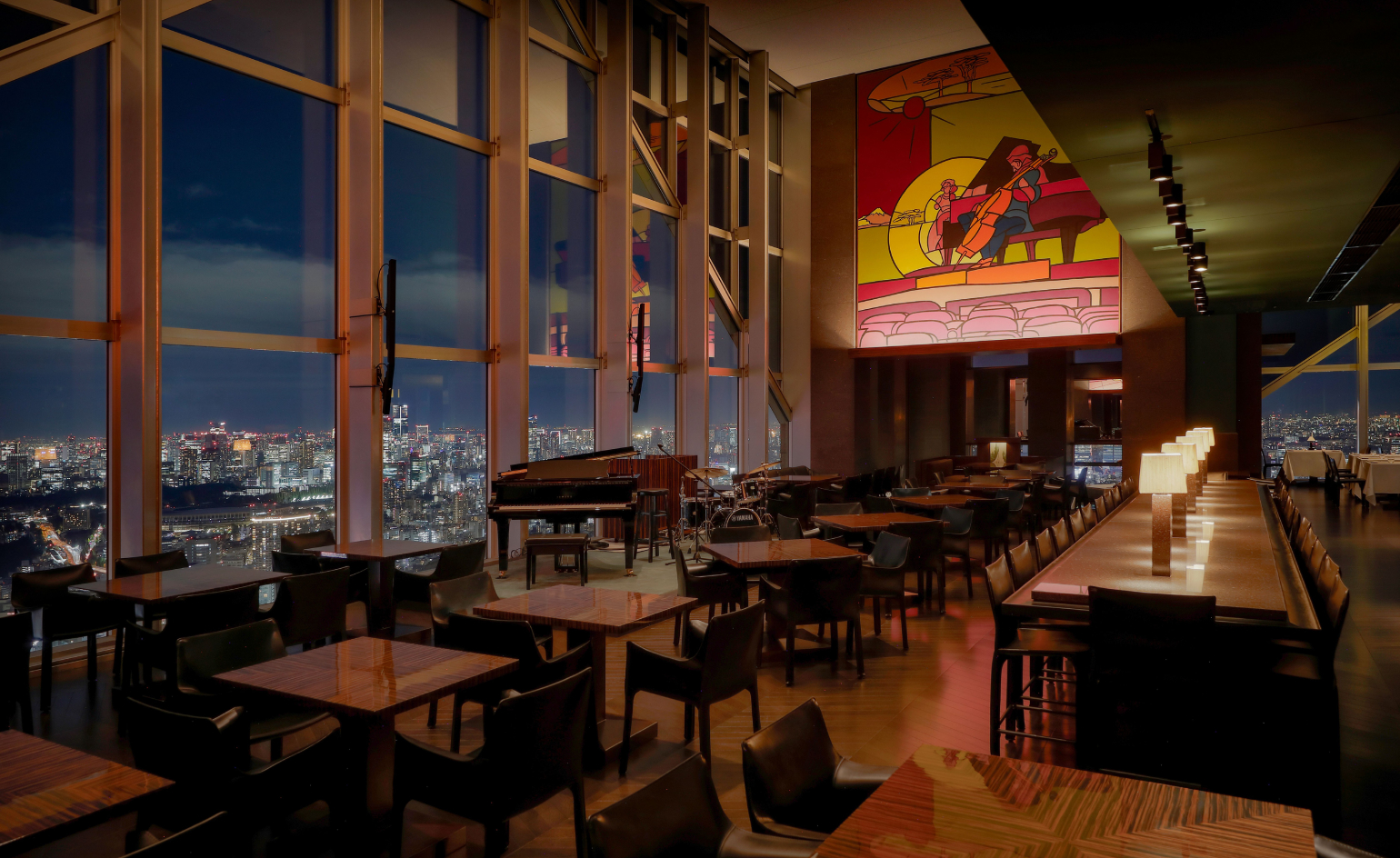 Tokyo’s most cinematic stay reopens as an exercise in architectural self-control
Tokyo’s most cinematic stay reopens as an exercise in architectural self-controlPark Hyatt Tokyo and Studio Jouin Manku demonstrate how design can evolve without erasing memory, balancing modernist heritage with contemporary comfort